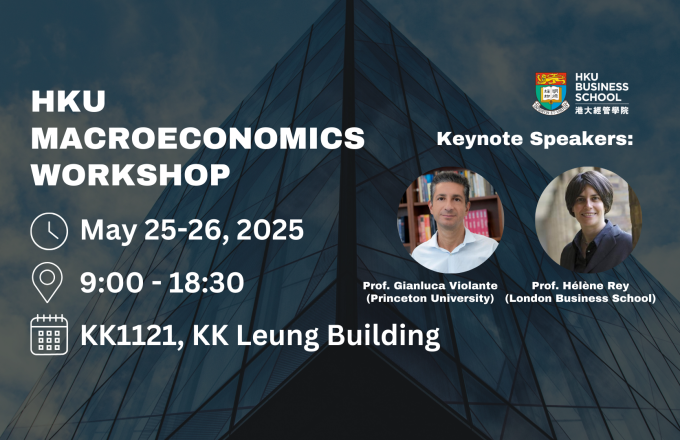On the Mechanics of Wealth Inequality at the Top: With An Application to Wealth Taxation
Prof. Fatih Guvenen
Curtis L. Carlson Professor of Economics
University of Minnesota
Top-end wealth inequality is receiving increasing interest in academic research and policy debates. Despite this widespread attention, there is no consensus in the academic literature about the right framework—or model ingredients—that can generate the massive concentration of wealth at the top end. In this paper, we run a horse race between three frameworks that are commonly used for modeling top-end inequality: (i) Aiygari-style models with “awesome state” shocks, (ii) Aiyagari-style models with empirically estimated non-linear and non-Gaussian income processes, (iii) Power law models with rate of return heterogeneity. In addition to features of the stationary wealth distribution that is commonly studied in the literature, we also emphasize the dynamics of wealth accumulation over the life cycle implied by these models. For example, more than 60% of Forbes 400 billionaires are self-made, which is extremely challenging to generate in most models. We show that variants of the Aiyagari-style models with or without awesome state shocks cannot replicate key features of the wealth distribution, including its Pareto tail, the existence of households with hundreds of millions of dollars in wealth, the speed of wealth accumulation by the very rich, among others. In contrast, the particular version of the power law model with return heterogeneity we study can generate all these features and more when calibrated using empirically plausible parameter values. In addition, we show that these models have fundamentally different implications compared with Aiyagari-style models for some policy questions, such as the effects of capital income and wealth taxation.












